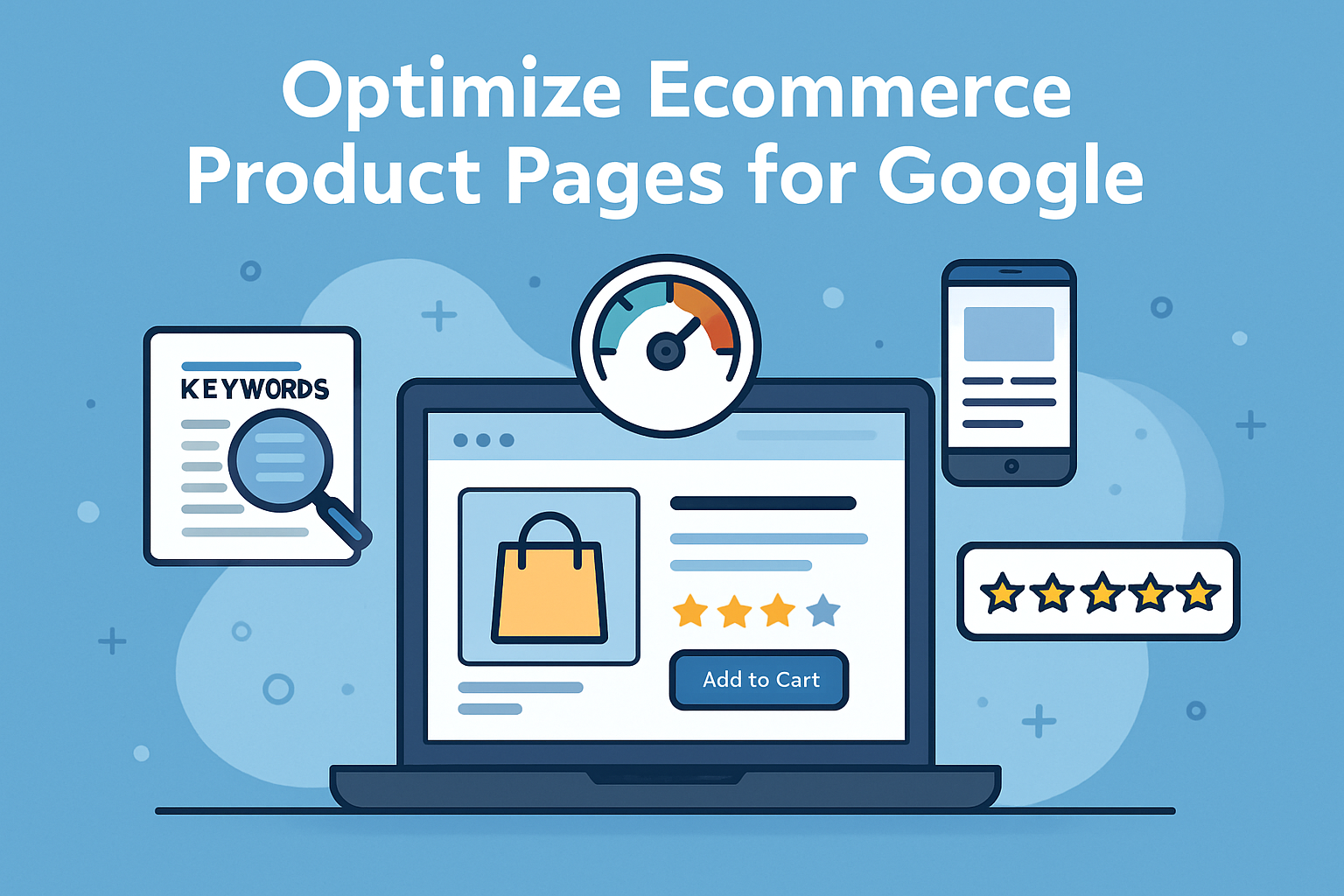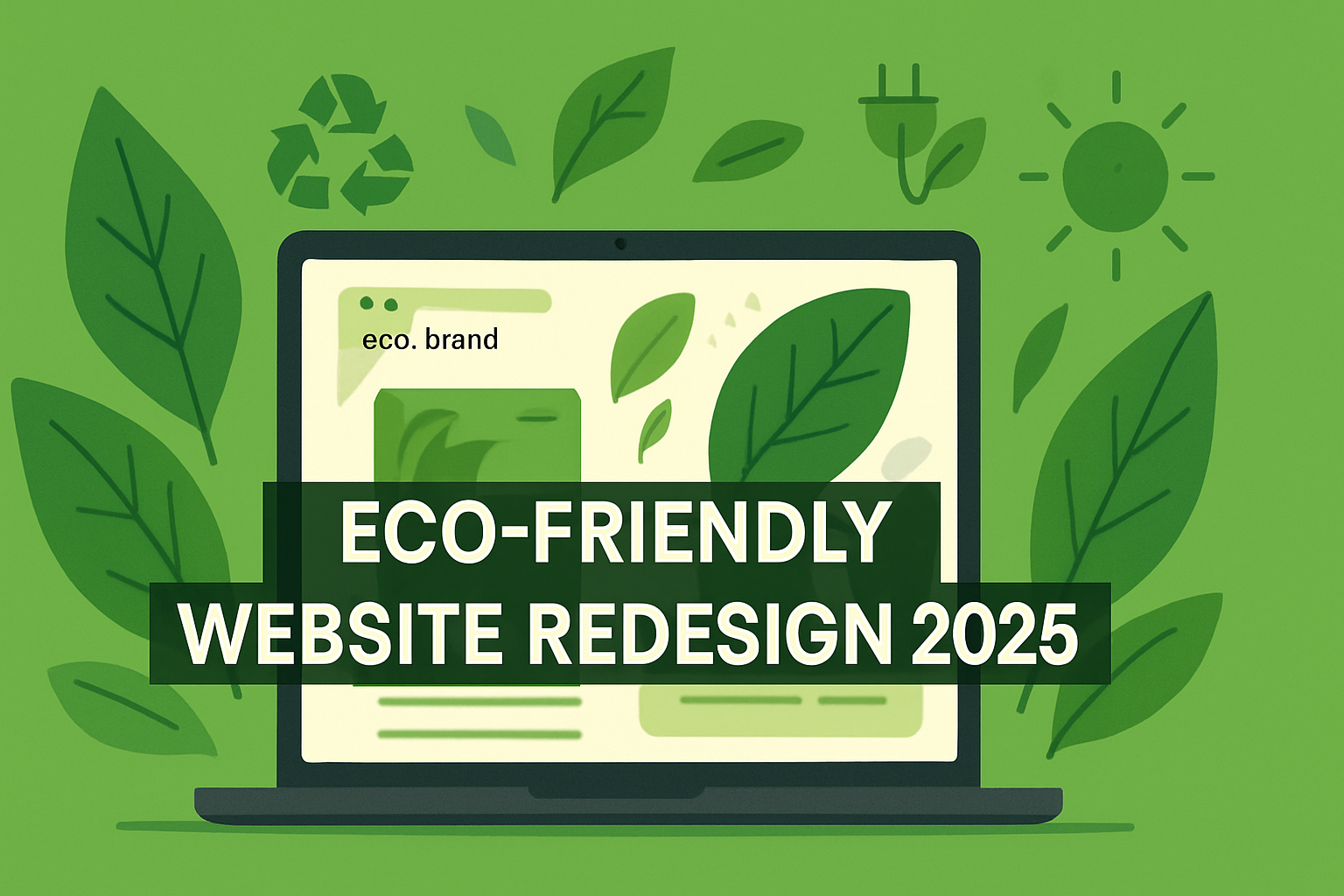In the highly competitive world of ecommerce, having an incredible product isn’t enough. Your product pages need to rank well on Google to attract the right shoppers and turn visits into sales. But optimizing for Google today involves more than just sprinkling keywords; it requires a strategic approach that balances SEO best practices, user experience, and trust-building.
This guide unveils little-known, effective ways to optimize your ecommerce product pages for Google in 2025. Whether you’re a small business or an agency helping ecommerce clients, these strategies will help you boost organic traffic, improve user engagement, and increase conversions.
Why Ecommerce Product Page Optimization Matters More Than Ever
Google is constantly evolving and becoming smarter at understanding searcher intent and content quality. Ecommerce product pages are competing not only against similar online shops but also large marketplaces and ads. Therefore, to stand out and rank higher, your product pages must:
- Target high-intent keywords that buyers use
- Ensure fast loading speeds
- Follow Google’s structured data guidance for rich results
- Build trust through reviews and security cues
- Provide a mobile-friendly experience
Getting these right can increase your traffic by up to 50% and conversion rates by up to 30% according to SEO studies in 2025. Even a few small improvements can translate into significant revenue growth.
Start with Low-Competition, High-Buyer-Intent Keywords
SEO success starts with selecting the right keywords. Instead of targeting overly broad terms like “shoes” or “laptop,” focus on long-tail keywords that show clear purchase intent and have less competition.
For example:
- “women’s waterproof hiking boots size 8”
- “USB-C fast charger for MacBook Air 2025”
- “handcrafted silver jewelry for men in India”
Use keyword research tools like Google Keyword Planner, Ahrefs, or SEMrush to find these opportunities. Include these keywords primarily in:
- The product title and headline (H1)
- URL
- Meta description and meta title (SEO tags)
- Product description
- Image alt text and filenames
Tip: Keep keywords natural—avoid keyword stuffing, which can harm rankings and user trust.
Perfect Your Product Page Meta Tags
Meta tags are critical for both SEO and attracting clicks from Google search results.
- Meta Title: Aim for under 55 characters and include your primary keyword. Keep it clear and compelling.
- Meta Description: Summarize the product benefits in 155-160 characters with a call-to-action (CTA). Include secondary keywords naturally.
Example Meta Title:
“Waterproof Hiking Boots for Women Size 8 – Durable & Comfortable”
Example Meta Description:
“Shop durable waterproof hiking boots designed for women. Perfect fit in size 8 with superior grip. Order now for fast shipping!”
Well-crafted meta tags impact click-through rates (CTR), increasing your organic traffic even if your rankings remain similar.
Use Clean, SEO-Friendly URLs
Google favors URLs that are clean and descriptive. Avoid long URLs with unnecessary parameters.
Good URL example:sachinrout.com/products/womens-waterproof-hiking-boots
Avoid URLs like:sachinrout.com/prod?id=12345&color=red
Make URLs concise, readable, and keyword-rich.
Add Structured Data Markup (Schema)
Structured data uses special code to help Google understand your page content and display rich results (stars, price, availability) directly in search results.
Implement schema for:
- Product information
- Customer reviews and ratings
- Breadcrumb navigation
Tools like Google’s Structured Data Markup Helper or Schema.org provide easy guides. Proper schema can significantly improve your product’s visibility and CTR in search engine results pages (SERPs).
Optimize Product Descriptions for People and Google
Your product description should be unique (never copied from manufacturers), informative, and persuasive. Avoid generic text.
- Start with a strong headline focused on benefits.
- Use bullet points to highlight key features.
- Incorporate synonyms and long-tail keywords naturally.
- End with a clear call to action like “Buy Now” or “Add to Cart.”
Quality descriptions reduce bounce rates and increase conversion by addressing shopper doubts and needs.
Maximize Image SEO for Products
Product images have a big impact on user experience and SEO.
- Use high-quality, compressed images for fast loading.
- Name image files descriptively using keywords (e.g., womens-waterproof-hiking-boots.jpg).
- Add meaningful alt text describing the product, which also helps with accessibility.
- Use multiple images showcasing different angles or product variants.
Fast-loading images combined with good SEO practices improve rankings and engagement.
Nail Mobile Usability and Page Speed
With over 70% of ecommerce traffic coming from mobile devices in 2025, mobile optimization is crucial.
- Use responsive design ensuring product pages adapt to smartphones and tablets.
- Test your site speed with tools like Google PageSpeed Insights.
- Compress images and use content delivery networks (CDNs) to speed up load times.
- Minimize JavaScript and unnecessary plugins that slow down your pages.
Faster pages lead to better rankings, lower bounce rates, and higher sales.
Build Trust On-Page with Reviews, Trust Badges, and FAQs
Trust is paramount in online shopping.
- Showcase authentic customer reviews with star ratings using review schema.
- Add trust badges for secure payments, money-back guarantees, and certifications near the “Add to Cart” button.
- Include a FAQ section answering common buyer concerns.
These elements reduce purchase hesitation and enhance Google’s perception of your page quality.
Use Internal Linking & Simple Navigation
Help both Google and users discover your catalog.
- Link related products or accessories on each product page.
- Use breadcrumbs for easy navigation and add breadcrumb schema.
- Ensure your site architecture lets users and Google crawl easily.
Good internal linking spreads page authority and keeps visitors engaged longer.
Bonus: Avoid Duplicate Content Issues
Product variations, internationalization, and repeated descriptions can cause duplicate content penalties.
- Use canonical tags to designate the main version of product pages.
- For multiple language versions, use hreflang tags.
- Write unique descriptions for product variants.
Maintaining content uniqueness protects your rankings and avoids SEO penalties.
Final Thoughts
Ecommerce product page optimization is a blend of keyword research, technical SEO, user-friendly content, and trust signals that together boost your rankings and sales. By focusing on these often overlooked strategies in 2025, your ecommerce site can climb Google rankings faster and convert visitors into loyal customers.
If you want expert help building or optimizing ecommerce websites that perform in Google, explore our portfolio and services at Sachin Rout. For a consultation, feel free to contact us or email at hello@sachinrout.com. Let us help you grow your business with innovative, high-performance ecommerce web design!
Thank you for reading! Stay updated on the latest in web design and digital marketing with Sachin Rout Agency.



